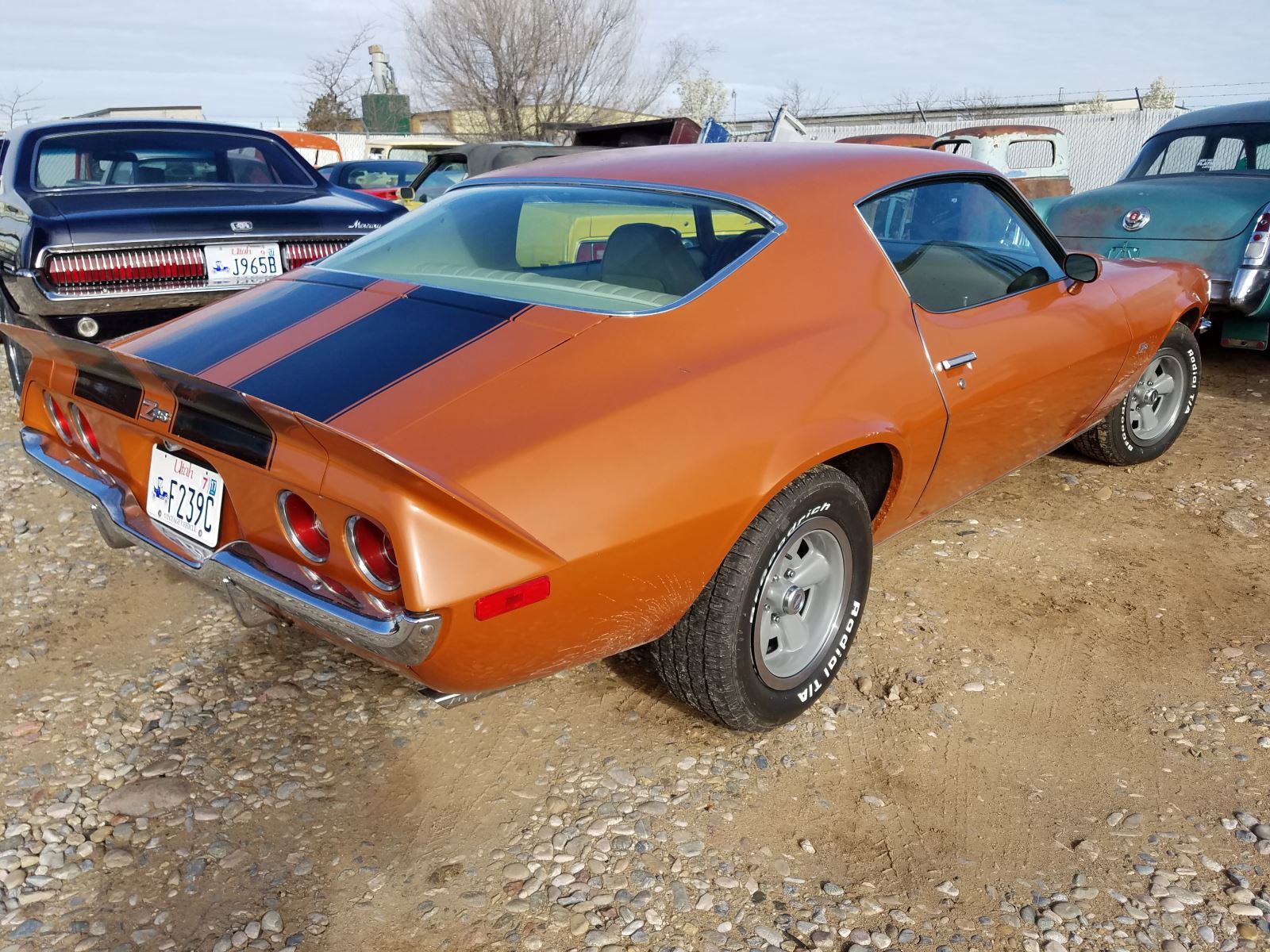Posted on 4/20/2017

1. TIPS AND TRICKS TO CLEANING CLASSIC CARS You wouldn’t dream of driving your classic automobile through an automatic car wash, so why would you polish your prized possession with average cleaning products? Car collectors invest a lot of time — and money — in restoring vintage rides to their original glory, right down to the glimmering paint jobs and crushed velvet interiors. It’s the one universal truth that every car collector agrees on: The only way to wash your vehicle is by hand. That advice seems simple enough, but you can’t just use any old microfiber cloth. Towels and sponges made with terrycloth and other fabrics are not recommended, as they can scratch your car’s coat, and leave behind tiny lint fibers. Products crafted with a blend of polyester, wool and nylon can safely glide over any type of finish, lifting the tiniest specks of dirt and debris. They are effective against dirt, but gentle enough to keep your car’s exterior free of ... read more
Posted on 4/5/2017

The second generation Camaro was produced by Chevrolet from 1970 through the 1981. It was introduced in the spring of 1970. It was longer, lower, and wider than the first generation Camaro. A convertible body-type was no longer available. GM engineers have said the second generation is much more of "A Driver's Car" than its predecessor. The 1971 Camaro received only minor appearance changes from its 1970 counterpart. Inside, new high-back Strato bucket seats with built-in headrests replaced the 1970-only low-back seats with adjustable headrests. The biggest changes came under the hood, due to a GM-corporate mandate all engines be designed to run on lower-octane regular-leaded, low-lead, or unleaded gasoline, necessitating reductions in compression ratios and horsepower ratings. The 250 cu in (4.1 L) straight-6, 307 cu in (5.0 L) V8, and two-barrel 350 cu in (5.7 L) V8 were virtually unchanged, as they ... read more